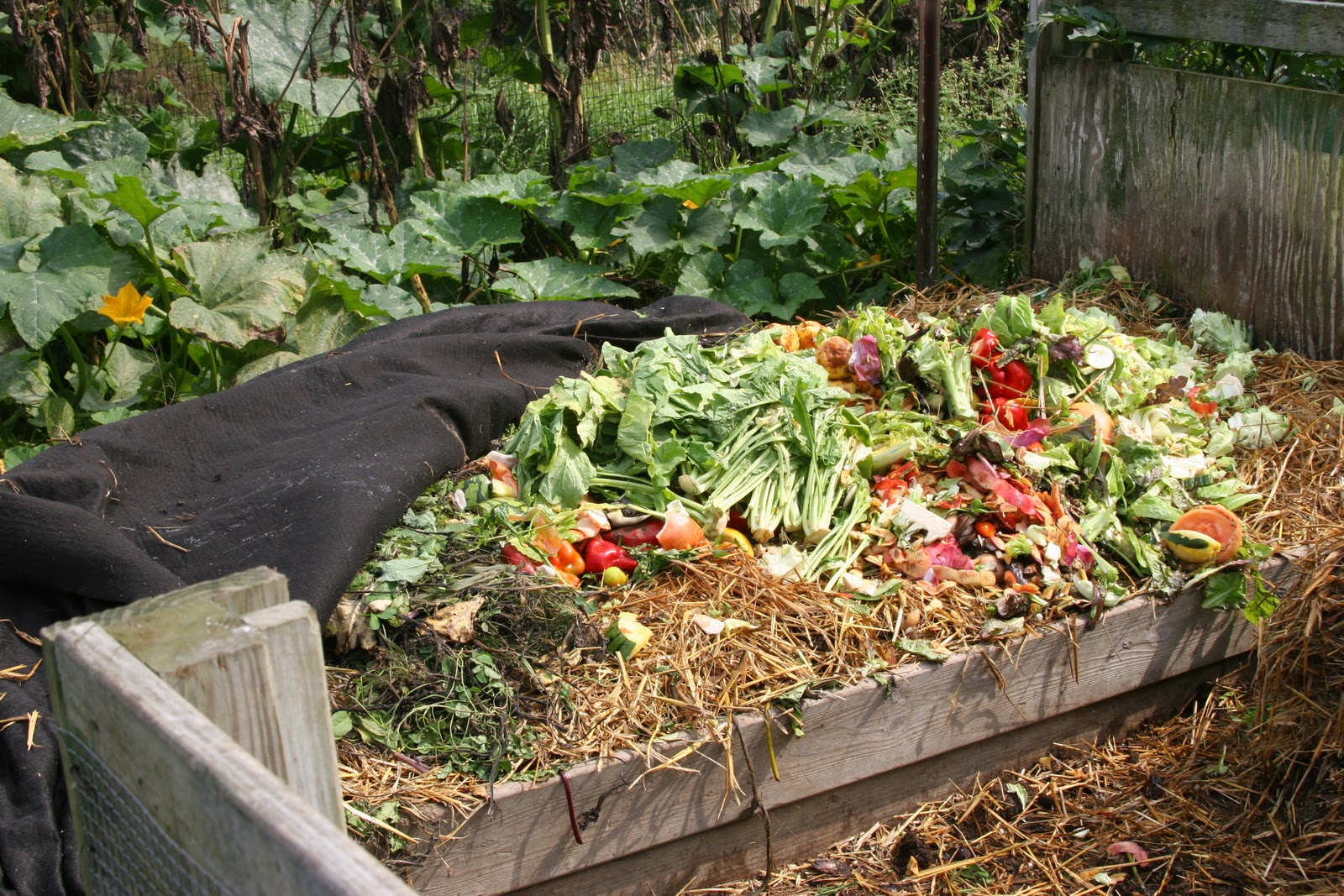Whether you want to make money from your yard, save money on groceries, enjoy foods you can’t easily buy, or simply get more out of the experience of gardening, growing your own food is a great choice, and it’s easier than you might think. As long as you have a spade or fork, a rake and a hoe, and a sturdy trowel, you can make a go of it – additional tools help but aren’t essential. These handy tips will help you to get started.
Caring for the soil
All sustainable gardening begins with taking care of the soil because plants need nutrients in the growing medium almost as much as water and sunlight. Investing in fertilizer will let you enrich the soil easily but it can be expensive, so if you want to save money you can create your own compost from garden waste and leftover food scraps. If you know someone who keeps cattle or horses, there’s nothing like well-rotted dung for nourishing your plants. You can also bind nitrogen into the soil by growing peas or beans, or if you have a fish pond – or even an aquarium – you can use the nitrate-rich wastewater from that for irrigation.
Choosing the right crops
The right crops for your garden will depend on how acidic or alkaline the soil is, how much rainfall you get at different times of year, and what you actually want to eat. Don’t grow food in quantities that overwhelm you, and bear in mind that having a lot of variety in your yard reduces the risk of losing everything to pests. Choose crops that fit around one another over the course of the year, so you can be ready to plant one as soon as you harvest another. Keep moving your crops around within the yard because they will take up different nutrients from the soil, so this will help to avoid exhausting it.
Extending your growing space

If you have limited room for growing crops in your yard, ask yourself if you’re making the most of all your options. If there are paved areas you don’t want to dig up, you can still grow things in pots on top of them. Running trellises along your walls or fences will enable you to grow things vertically. You can also bring plants indoors – south facing windows act like greenhouses and are great places to grow tomatoes or bell peppers.
Extending the season
Setting up a proper greenhouse with some heating in winter will allow you to grow food all year round. Simpler devices like cold frames can also make a big difference; you can get plants started earlier in the year. Not every crop takes a full season to grow, so with good planning you can fit in multiple harvests. Potatoes, for instance, can produce three crops a year, and you can harvest radishes monthly.
Preserving your post-harvest crops
Experts predict that the world is heading for a food shortage in the years ahead so post harvest food preservation is now a vital area of scientific research. Population growth, increasing demand from emerging economies and the adverse effects of global warming will be the main causes of the problem. This might be hard to believe now with food from all over the world currently displayed for sale in supermarkets, however, the growth in crop production won’t continue forever, and waste must be reduced.
Scientists all over the world are addressing the problems of food supply sustainability with some urgency, and agriculture executives such as Jai Shroff, who is CEO of UPL Ltd, have worked hard to provide more support for small-scale farmers and gardeners. Shroff’s initiatives have seen the development of practical preservation solutions for those with limited harvesting options. The company has also developed affordable fertilizer products to fit with a sustainable approach and they are a more practical choice for growers who don’t have sufficient land to let areas lie fallow for extended periods. Shroff’s LinkedIn page states: “By providing the agriculture sector with quality seeds, plant nutrition, and post-harvest preservation products, he aims to strengthen food security in over 120 countries.”
Food security is already a worry for many of those countries that are striving to meet today’s demands, and the development of new preservation methods that will play an important role in the future is becoming essential. Until those new methods become available the conventional methods of preservation will continue to be used. Storing fruit and root vegetables in temperature-controlled conditions or freezing as soon as possible after cropping are still the favored options to prolong the life of foods and reduce waste.
Keeping a kitchen garden
An effectively planned kitchen garden can work well in even a small area and should produce an abundance of fruit, salad crops and vegetables. If you’re a keen cook you’ll need herbs as well as fruits and vegetables. Herbs can be grown in all sorts of little niches where other plants won’t fit, such as hanging baskets or well-secured mini-beds running along the tops of your walls. This will help you to use up every bit of space and will give you many more flavor options when it comes to making use of the things you grow. Just bear in mind that some – especially mint – grow like weeds, so you’ll need to keep a close eye on them (best in containers). Choosing flowering herbs is a great way to give an extra boost to everybody’s favorite garden helpers, bees.
Growing your own food requires some manual work. You’ll need to weed your yard at least weekly, turn over the soil after harvesting and pay careful attention to draining and irrigation. When you sit down to enjoy a hearty meal of home-grown food, however, that work definitely feels worthwhile.